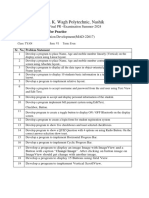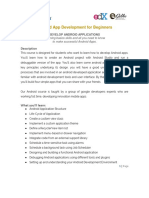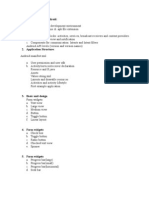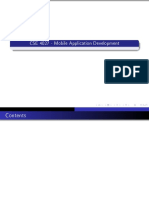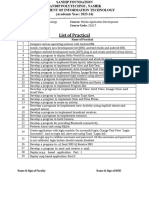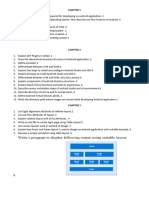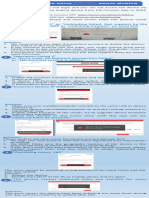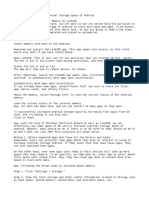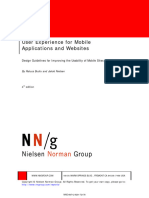Android Programing
1) Create a "Hello World" app and run it on an emulator and a physical device.
2) Develop a simple app to demonstrate the Android activity lifecycle using logs.
3) Build an app that navigates between two activities using intents.
4) Develop an app with three activities connected using explicit and implicit intents.
5) Create an app that displays a notification on button click.
6) Design a login screen using LinearLayout and RelativeLayout.
7) Create a registration form UI using ConstraintLayout.
8) Programmatically create a UI with multiple TextViews, Buttons, and EditTexts.
9) Create a UI that adapts to screen orientation changes and preserves state.
10) Customize the action bar with icons and menu items.
11) Create an app using basic views (Button, EditText, TextView, ImageView).
12) Build a simple calculator app using multiple buttons and TextViews.
13) Create an app that displays DatePicker and TimePicker.
14) Use a Spinner (dropdown) to select and display different images.
15) Build an app using a ListView to show a list of countries.
16) Create an app using a fragment to display a user profile.
17) Implement a Master-Detail layout using fragments.
18) Build a two-pane layout for tablets using fragments.
19) Use DialogFragment to display a custom dialog.
20) Handle fragment communication using interfaces.
21) Create an app using WebView to load a webpage.
22) Develop an app with options menu and context menu.
23) Build a menu-driven app that opens different fragments.
24) Add toolbar and customize its appearance.
25) Display a popup menu on long press.
26) Save user login info using SharedPreferences.
27) Build a note-taking app that saves data to internal storage files.
28) Create an app to read and write text files from internal storage.
29) Develop an app using SQLite database to manage a student record system.
30) Update and delete data in an SQLite database from your app.
31) Create and use your own content provider to expose contact data.
32) Access and display data from existing content providers (e.g., Contacts).
33) Share a file (image or text) between apps using content provider.
34) Create an app that reads SMS messages (with proper permissions).
35) Send an SMS message using built-in Android APIs.
36) Create an app to send an email using implicit intents.
37) Build a map-based app using Google Maps API.
38) Get the current location of the device using GPS.
39) Monitor location changes and display location coordinates.
40) Show a marker on the map with the user’s location.
41) Debug an app with logcat and breakpoints in Android Studio.
42) Handle runtime exceptions with try-catch and display user-friendly messages.
43) Create an app with memory-efficient image handling using Glide or Picasso.
44) Optimize layout for different screen sizes using resource qualifiers.
45) Create an accessibility-friendly app with proper labels and descriptions.
46) Create signed APK for your Android app.
47) Configure build variants using Gradle.
48) Add versioning and build number in your app manifest.
49) Add a launcher icon and splash screen to your app.
50) Deploy your app to Google Play (demo process only, no actual publishing).











